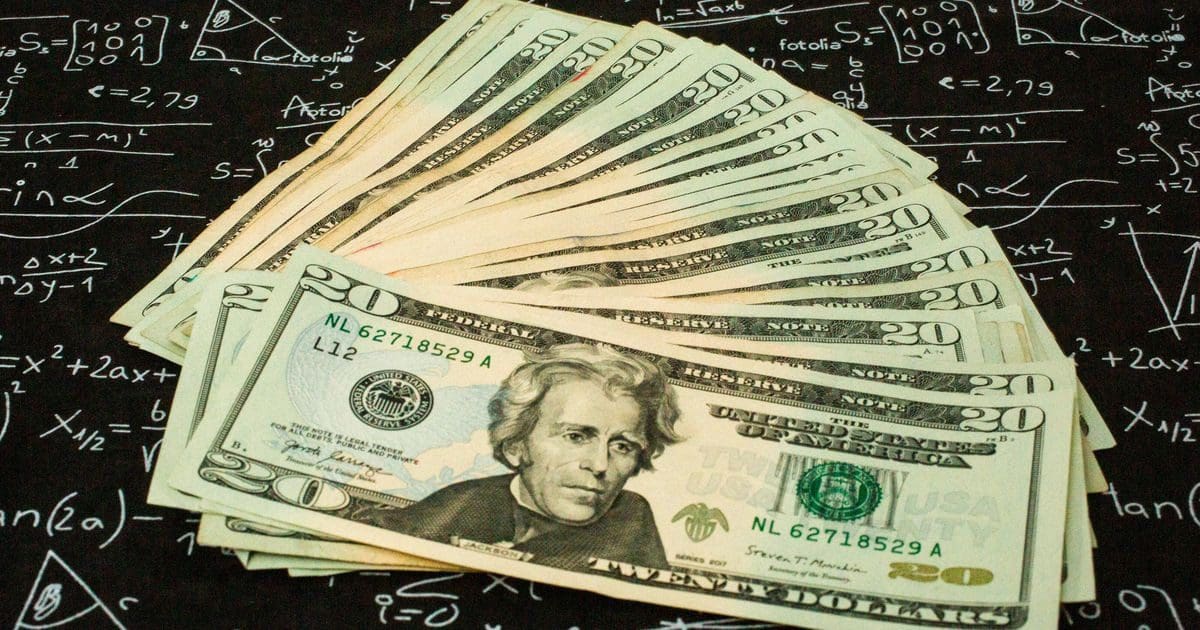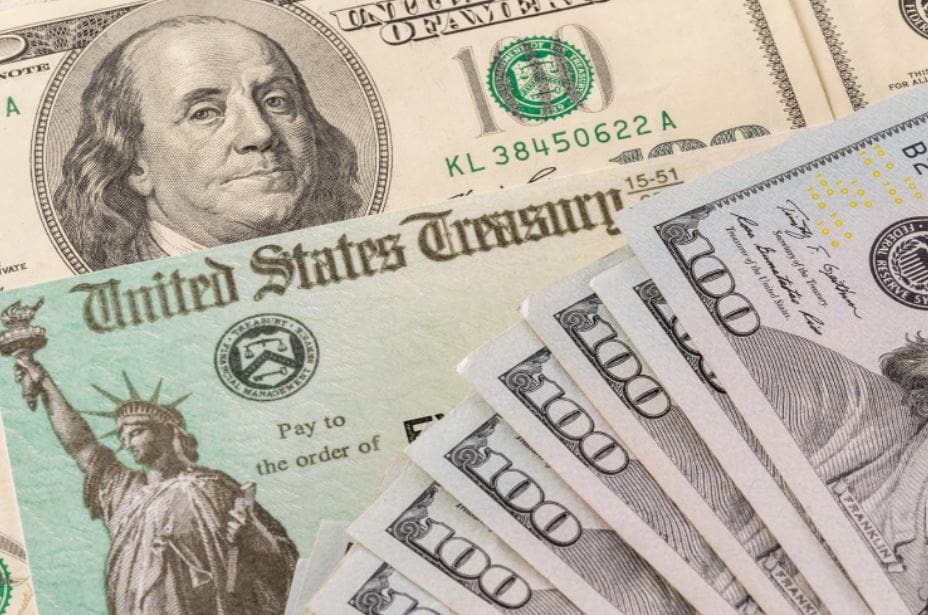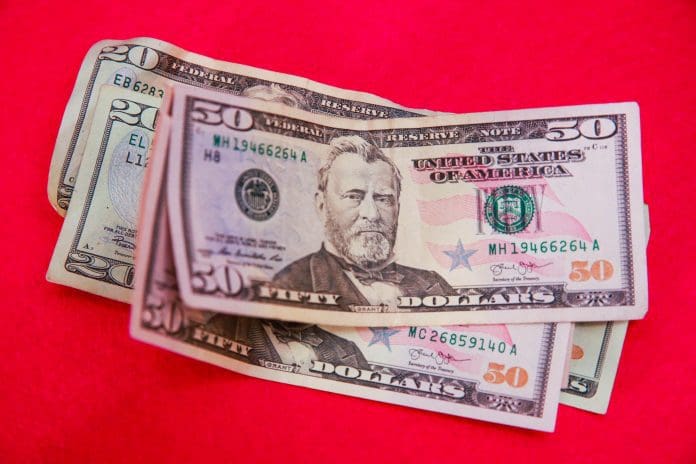Millions of Californians are getting their stimulus checks through either the direct mode of bank transfers or through pre-loaded debit cards. While the direct bank transfers are near completion, the debit cards process is being delayed to some extent as postal and other administrative delays have meant that the payments are expected to continue in January, at least till the second week.
By the start of the second week of December, over 6.9 million direct deposits have gone out and another 6.8 million pre-paid debit cards had been mailed, revealed the Franchise Tax Board. But millions of residents continue to wait for the one payout that could be as much as $1,050. Officials concede that the payments will have to continue till the middle of January for completion of the payments.
The California Middle-Class Tax Rebate was given to a wide range of the resident population of the Golden State. any resident of California who filed state income tax individually and made $250,000 or less individually or $500,000 or less as a couple filing jointly as revealed by the Adjusted Gross Income for the state tax returns in 2020.
Further, taxpayers who have filed their returns before October 15, 2021, are only allowed to claim the California Middle-Class Tax Rebate stimulus check. in addition to this, residents must have lived in the Golden State for at least half of 2020 and have filed their income tax returns by the stipulated date. They must also be a resident of the state when the Middle-Class Tax Rebate stimulus checks are issued.

Timings Of The Third Round Of The Golden State Stimulus Check
Individual and joint filers who received payments under either of the Golden State stimulus check I and II were the first in line for the third round of payments from the Franchise Tax Board. Most residents who fall under this category should have received their payments by October 25, allowing for a few days for the bank transfers to take place.
The rest of the direct bank deposits were issued between October 28 and November 14. But residents who have changed their bank or their bank account number after filing their 2020 California income tax return will not receive their Middle-Class Tax Rebate through direct bank deposit. They will receive their cash back through the Money Network debit card instead. The same applies to residents who did not set up a direct deposit account in the first place.
The Money Network debit cards, so called because they are being processed and handled by the Money Network bank of New York, were mailed between December 17 and January 14. This was revealed by the Franchise Tax Board of California. They said that around 95% of all Middle-Class Tax Rebate payments are expected to be cleared by end-December, including both debit cards and direct bank deposits.
The tax board of California has said that taxpayers should keep in mind that several tax returns would require additional review and this could delay the process of getting the stimulus checks either through direct payments or the debit card.
Residents who should have received the payments by now and have not can contact the Franchise Tax Board customer service line at 800-542-9332. Beneficiaries who have accidentally misplaced or destroyed the debit card can call the dealing bank, Money Network of New York, at 800-240-0223 and press the 3 extensions for a replacement of the card.
How Much Will Each Taxpayer In California Get Under MCTR
The Middle-Class Tax Rebate has been set up in 3 tiers and is linked to the Adjusted Gross Income of residents’ 2020 California state income tax returns. Individual filers with a 2020 AGI of $75,000 or less and married couples who file jointly and with a 2020 AGI of $150,000 or less will get $350 for each of the filers. Another $350 was added if the filer included dependents in the 2020 state income tax returns.
The highest that filers can get under the Middle-Class Tax Rebate is $1,050 will joint filers in the highest AGI bracket of between $125,001 and $150,000 for individual filers and between $250,001 and $500,000 for joint filers comes to $200 for each filer with another $200 added for including any dependents. The maximum under this tier is $600 for joint filers.
Are Filers Who Failed The October 15 Date Eligible?
Under normal circumstances, Californians who failed to file their 2020 state income tax returns by October 15, 2021, are not eligible for the rebate. The only exception allowed by the state administration is for residents who applied for an ITIN (Individual Taxpayer Identification Number) and did not receive it by the last date of filing, which is October 15.
But the California state administration has increased funds for multiple social programs that include the Supplemental Security Income and the State Supplementary Payment that assists over a million disabled and senior citizens. The SSI/SSP benefits will be increased by around $39 every month for individuals and by $100 for married couples filing jointly.


There is also additional state support to California Work Opportunity and Responsibility to Kids (CalWORKS grants), providing services and money to eligible families with children.
Boost In Social Security COLA Adjustment In 2023
We are days away from the start of a new year and retirees and others will receive their Social Security payments with a generous increase to boot. Monthly checks are increasing by 8.7% based on the COLA (cost of living adjustment), which was announced in October.
It is the largest hike since the record of 11.2% that was granted in 1981. An 8.7% in COLA is extremely rare and would stand as the biggest boost ever received by beneficiaries of Social Security alive today. COLA increase was above 7% only 5 times since its inception way back in 1975. The increase in 2022 was in comparison a mere 5.9%.
The annual adjustment is determined every year by the shift in the Consumer Price Index, which charts the year-on-year fluctuation in prices of a list of goods and services. The increase slated for 2023 represents the attempt by the agency to match the ongoing inflation.






